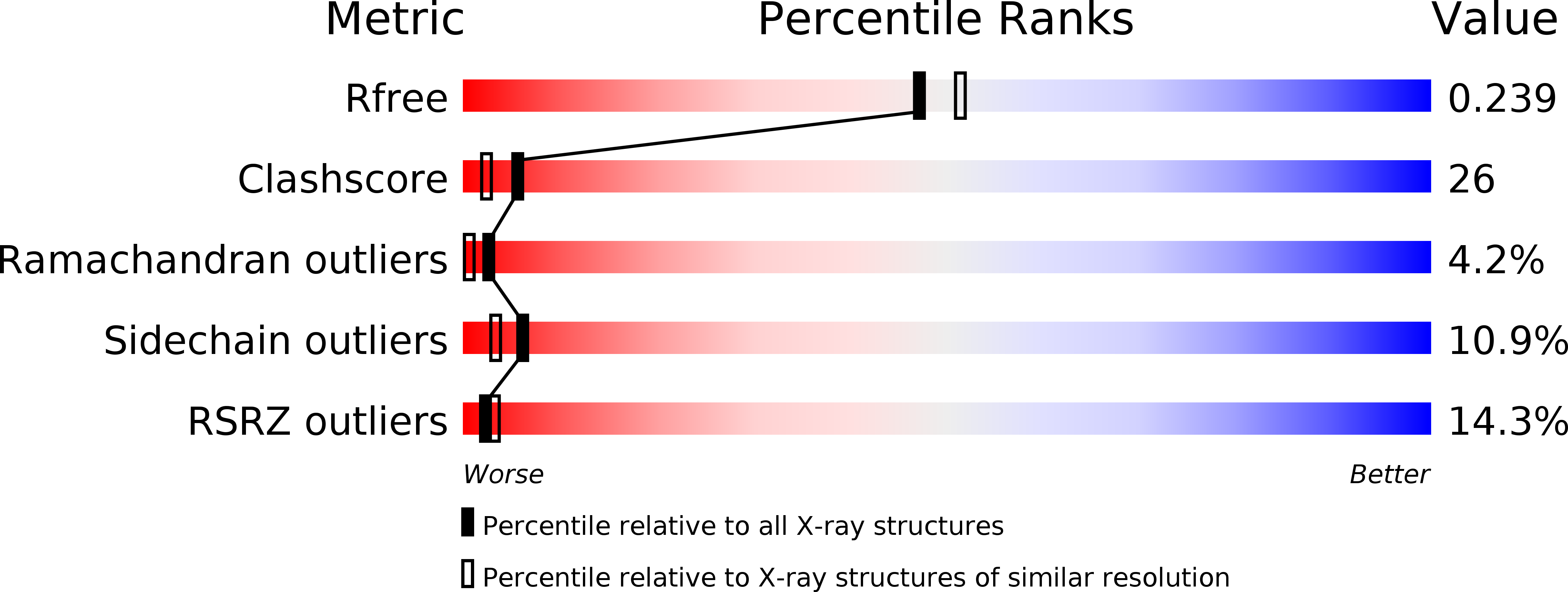
Deposition Date
2008-04-05
Release Date
2008-04-22
Last Version Date
2024-03-13
Entry Detail
PDB ID:
3CRA
Keywords:
Title:
Crystal Structure of Escherichia coli MazG, the Regulator of Nutritional Stress Response
Biological Source:
Source Organism:
Escherichia coli (Taxon ID: 83333)
Host Organism:
Method Details:
Experimental Method:
Resolution:
2.10 Å
R-Value Free:
0.28
R-Value Work:
0.22
R-Value Observed:
0.22
Space Group:
P 21 21 21


